Maniac Mansion (1987-)
Maniac Mansion was developed by Lucasfilm Games (later known as LucasArts) and originally released in 1987. Published by Lucasfilm Games, the title debuted on the Commodore 64 and Apple II before being ported to numerous platforms including the Nintendo Entertainment System (NES), Amiga, and MS-DOS computers. This game is notable for pioneering the point-and-click adventure genre and establishing Lucasfilm Games as a major force in narrative-driven video games.
The game’s story centers around a teenager named Dave Miller, who sets out to rescue his girlfriend Sandy from the clutches of the mad scientist Dr. Fred and his bizarre family, all residing in a spooky mansion. Players choose from a roster of quirky characters, each with unique abilities, to navigate puzzles and explore the mansion’s many rooms. The non-linear gameplay, multiple solutions to puzzles, and darkly comedic tone set Maniac Mansion apart from other adventure games of its time.
The soundtrack and sound design, while limited by the hardware of the era, were crafted to complement the eerie and quirky atmosphere of the mansion. Simple yet effective sound effects and musical cues helped to enhance the mood, from suspenseful moments to lighthearted sequences. Though not a standout feature compared to later games, the audio still contributed to the immersive experience.
Maniac Mansion was a fresh departure from more traditional adventure games, introducing the innovative SCUMM engine (Script Creation Utility for Maniac Mansion), which allowed players to interact with the game world through a point-and-click interface. The game did not have any direct prequels, but it influenced countless subsequent titles, including its unofficial sequel Day of the Tentacle. The promotion of Maniac Mansion emphasized its unique gameplay mechanics and humorous horror theme, garnering interest among gamers seeking a new kind of interactive experience.
Upon release, the game was met with critical acclaim for its originality, engaging puzzles, and witty writing. It became a commercial success, particularly on the Commodore 64 and NES, and helped cement Lucasfilm Games’ reputation for quality storytelling and innovative game design. Its influence is still felt today, as it laid the groundwork for many classic adventure games that followed.
Over the years, Maniac Mansion has been re-released on various digital platforms, preserving its legacy as a pioneering title in the adventure genre. Fans continue to celebrate the game for its humor, creativity, and the freedom it offers players in how to approach challenges. It remains a beloved classic, inspiring modern developers and gamers alike.
Key Features of Maniac Mansion:
Multiple playable characters with unique skills and abilities
Non-linear gameplay with multiple puzzle solutions
Innovative point-and-click interface using the SCUMM engine
Humorous and quirky horror-themed narrative
Exploration of a large, detailed mansion environment
Multiple endings based on player choices and character selection
Images from MobyGames
Buy Maniac Mansion
Click one of the Ebay or Amazon buttons below to check the latest prices and purchase Maniac Mansion for that particular platform.
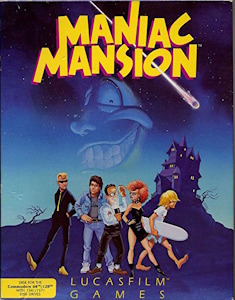
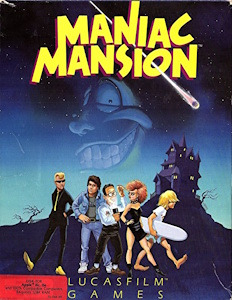
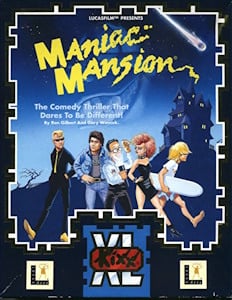
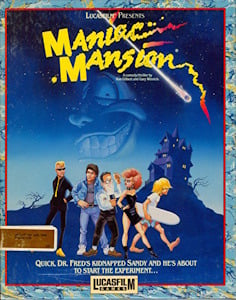
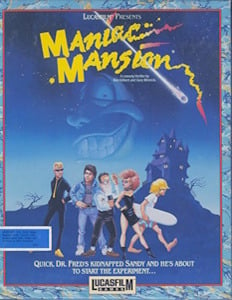
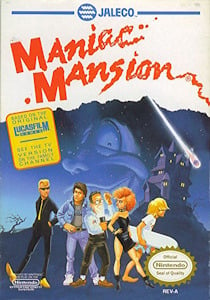
Related Searches
Maniac Mansion is available to purchase and download from a range of vendors. Always shop....
Maniac Mansion may be available to download as abandonware from one of the many sites that offer this...
There are various sites out there that can offer cheat codes for games. Search now to find all available...
There are many sites out there that have collated and documented historic reviews of this game. Search now...
We don't host or link to rom sites for this game. However, there are many sites out there that may be...
The initial release date for Maniac Mansion is stated as 5th October 1987. Other ports of the game may have...
Maniac Mansion is available to purchase and download from the link(s) shown further up this....
There are multiple sites around the internet that offer visual guides to this game. Search now to find the....








